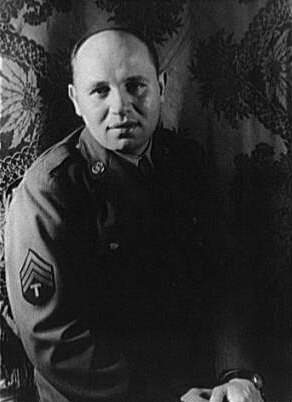
Romare Bearden was an American artist, author, and songwriter. He worked with many types of media including cartoons, oils, and collages. Born in Charlotte, North Carolina, Bearden grew up in New York City and Pittsburgh, Pennsylvania, and graduated from New York University in 1935.

Wolfsburg is the fifth largest city in the German state of Lower Saxony, located on the river Aller. It lies about 75 km (47 mi) east of Hanover and 230 km (143 mi) west of Berlin.
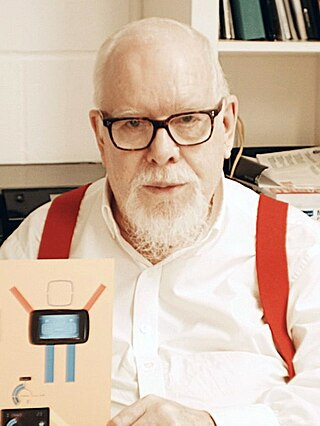
Sir Peter Thomas Blake is an English pop artist. He co-created the sleeve design for the Beatles' 1967 album Sgt. Pepper's Lonely Hearts Club Band. His other works include the covers for two of The Who's albums, the cover of the Band Aid single "Do They Know It's Christmas?", and the Live Aid concert poster. Blake also designed the 2012 Brit Award statuette.

Giacomo Balla was an Italian painter, art teacher and poet best known as a key proponent of Futurism. In his paintings, he depicted light, movement and speed. He was concerned with expressing movement in his works, but unlike other leading futurists he was not interested in machines or violence with his works tending towards the witty and whimsical.

Lenore "Lee" Krasner was an American Abstract Expressionist painter and visual artist active primarily in New York. She received her early academic training at the Women's Art School of Cooper Union, and the National Academy of Design from 1928 to 1932. Krasner's exposure to Post-Impressionism at the newly opened Museum of Modern Art in 1929 led to a sustained interest in modern art. In 1937, she enrolled in classes taught by Hans Hofmann, which led her to integrate influences of Cubism into her paintings. During the Great Depression, Krasner joined the Works Progress Administration's Federal Art Project, transitioning to war propaganda artworks during the War Services era.

Richard William Hamilton CH was an English painter and collage artist. His 1955 exhibition Man, Machine and Motion and his 1956 collage Just what is it that makes today's homes so different, so appealing?, produced for the This Is Tomorrow exhibition of the Independent Group in London, are considered by critics and historians to be among the earliest works of pop art. A major retrospective of his work was at Tate Modern until May 2014.
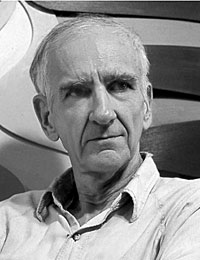
Thomas K. Wesselmann was an American artist associated with the Pop Art movement who worked in painting, collage and sculpture.

Andreas Gursky is a German photographer and professor at the Kunstakademie Düsseldorf, Germany.
Derek Boshier is an English artist, among the first proponents of British pop art. He works in various media including painting, drawing, collage, and sculpture. In the 1970s he shifted from painting to photography, film, video, assemblage, and installations, but he returned to painting by the end of the decade. Addressing the question of what shapes his work, Boshier once stated "Most important is life itself, my sources tend to be current events, personal events, social and political situations, and a sense of place and places". His work uses popular culture and the mixing of high and low culture to confront government, revolution, sex, technology and war with subversive dark humor.
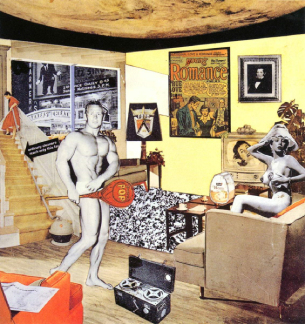
Just what is it that makes today's homes so different, so appealing? is a collage by English artist Richard Hamilton. It measures 10.25 in (260 mm) × 9.75 in (248 mm). The work is now in the collection of the Kunsthalle Tübingen, Tübingen, Germany. It was the first work of pop art to achieve iconic status.
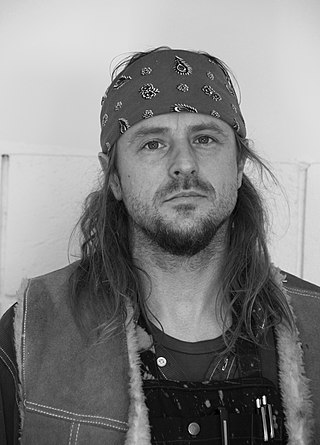
Sterling Ruby is an American artist who works in a large variety of media including ceramics, painting, drawing, collage, sculpture, video, and textiles. Often, his work is presented in large and densely packed installations. The artist has cited a diverse range of sources and influences including aberrant psychologies, urban gangs and graffiti, hip-hop culture, craft, punk, masculinity, violence, public art, prisons, globalization, American domination and decline, waste and consumption. In opposition to the minimalist artistic tradition and influenced by the ubiquity of urban graffiti, the artist's works often appear scratched, defaced, camouflaged, dirty, or splattered. Proclaimed as one of the most interesting artists to emerge this century by New York Times art critic Roberta Smith, Ruby's work examines the psychological space where individual expression confronts social constraint. Sterling Ruby currently lives and works in Los Angeles. His studio is located in Vernon, south of downtown Los Angeles.

Arturo Herrera is a Venezuelan-born (1959), Berlin-based visual artist known for wide-ranging work that is rooted in the practice of collage. His colorful, often rhythmic art intertwines bits of pop iconography, gestural marks and nonrepresentational shapes using pictorial strategies of fragmentation, repetition, effacement and dislocation. The resulting imagery often balances between abstraction and figuration, detached from inherent narratives yet vaguely familiar. Critics suggest that this ambiguity engages memory, fantasy and a viewer's unconscious private interpretive schemes, evoking a multiplicity of references and readings. In 2020, Art in America writer Ara H. Merjian described Herrera's practice—which includes works on paper, paintings, reliefs, sculpture, public art and books—as "chameleonic as [it] is consistent," one that "breathes life into modernist collage, exploring the tensions between exactitude and spontaneity, placement and displacement."

20th-century Western painting begins with the heritage of late-19th-century painters Vincent van Gogh, Paul Cézanne, Paul Gauguin, Georges Seurat, Henri de Toulouse-Lautrec, and others who were essential for the development of modern art. At the beginning of the 20th century, Henri Matisse and several other young artists including the pre-cubist Georges Braque, André Derain, Raoul Dufy and Maurice de Vlaminck, revolutionized the Paris art world with "wild", multi-colored, expressive landscapes and figure paintings that the critics called Fauvism. Matisse's second version of The Dance signified a key point in his career and in the development of modern painting. It reflected Matisse's incipient fascination with primitive art: the intense warm color of the figures against the cool blue-green background and the rhythmical succession of the dancing nudes convey the feelings of emotional liberation and hedonism.

Jiří "Georg" Dokoupil is a Czech-German painter and graphic artist. He was founding-member of the German artist group Mülheimer Freiheit and the Junge Wilde Art movement, which arose in the late 1970s and early 1980s.

Karl Hurm was a contemporary German painter. Hurm was a self-taught artist whose paintings in the style referred to as naïve art have been on permanent display in an exhibition at the municipal art museum Ölmühle in Haigerloch (Germany) since 1998.
Robert Watson Munford was an American artist, educator, and founding member of the artist group Grupo Ibiza 59 in Spain. His artwork is in the permanent collections of the Hirshhorn Museum and Sculpture Garden, the Museum of Modern Art, and the Städtische Galerie Wolfsburg (Germany). He was a pop art pioneer.

Ulrich Hensel is a German visual artist known for his large format colour photographs of construction sites.

AutoMuseum Volkswagen is an automobile museum in Wolfsburg, Lower Saxony, Germany. Opened in April 1985, it is one of two museums in Wolfsburg devoted to the history of the Volkswagen brand; the other is at nearby Autostadt.

The Kunstmuseum Wolfsburg is an art museum in central Wolfsburg, Lower Saxony, opened 1994. It presents modern and contemporary art and is financed by the Kunststiftung Volkswagen.
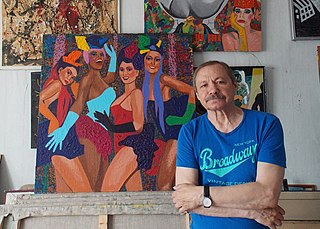
Oleg Kroshkin was a contemporary Belarusian artist. He was among the most iconic representatives of the modern Vitebsk art school, each of whom has distinctive way of incorporating urban life into the fabric of their pictorial narratives.




















